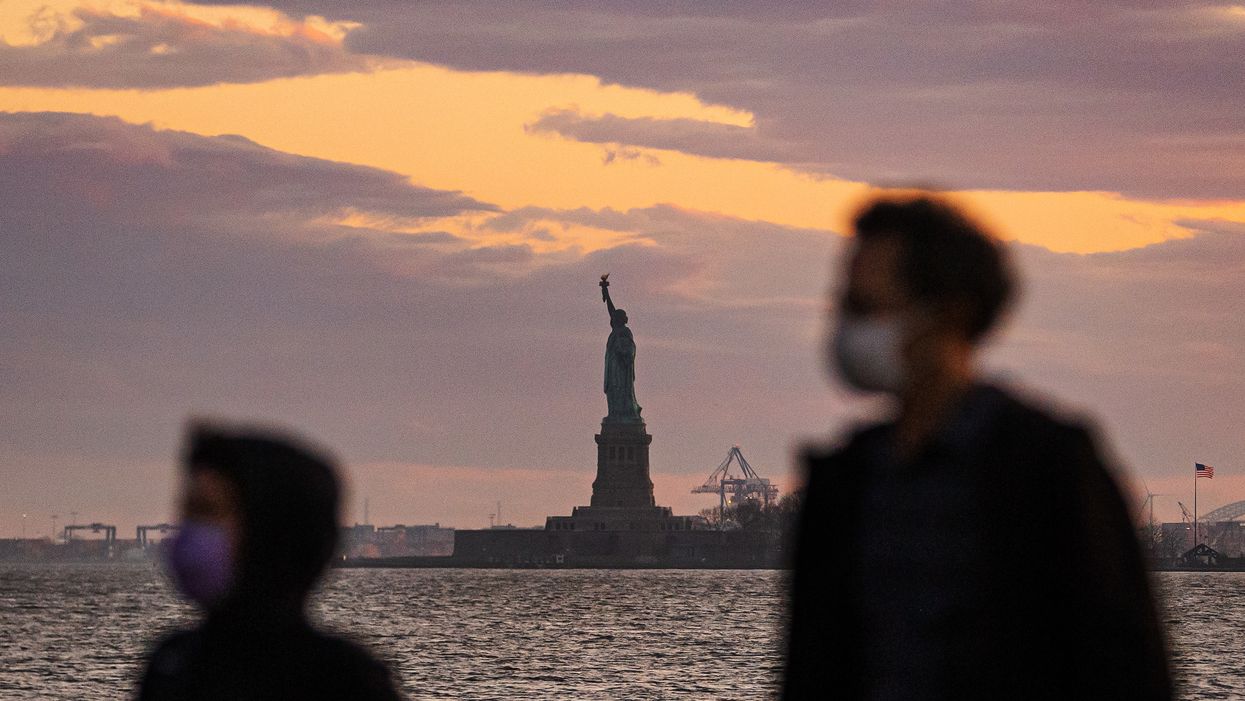News
America's two pandemics
This week, the COVID-19 death toll in the United States will surpass 100,000. Opinion polls show that right- and left-leaning voters in the United States have very different opinions on what that number means and what to do about it. There's sharp disagreement, in particular, on where the true danger in the current crisis now lies. Why?
May 26, 2020

